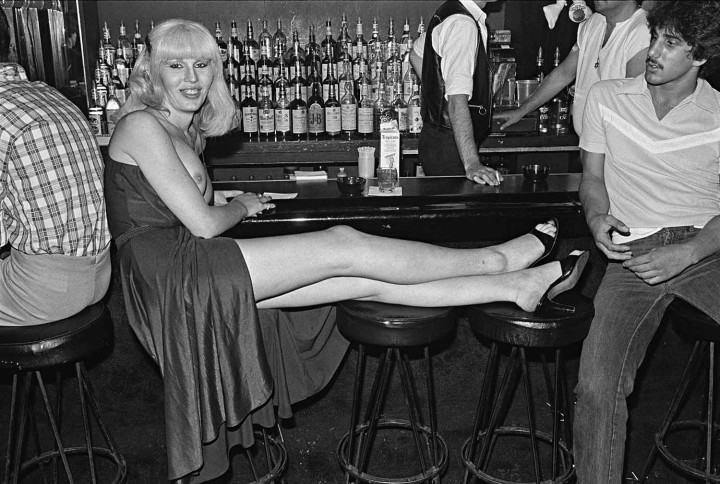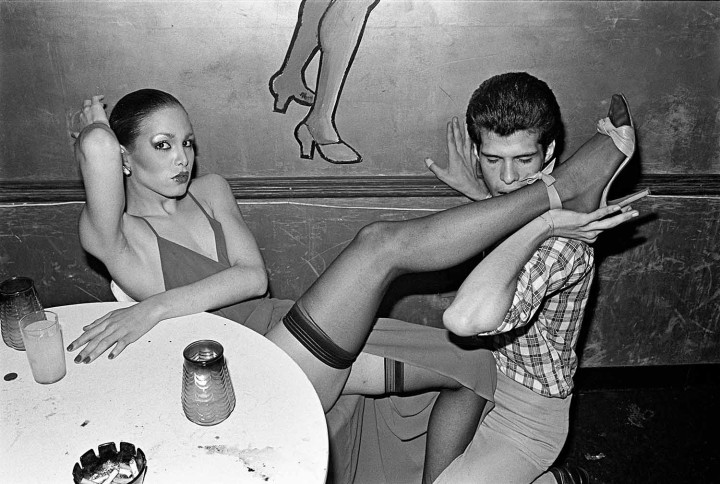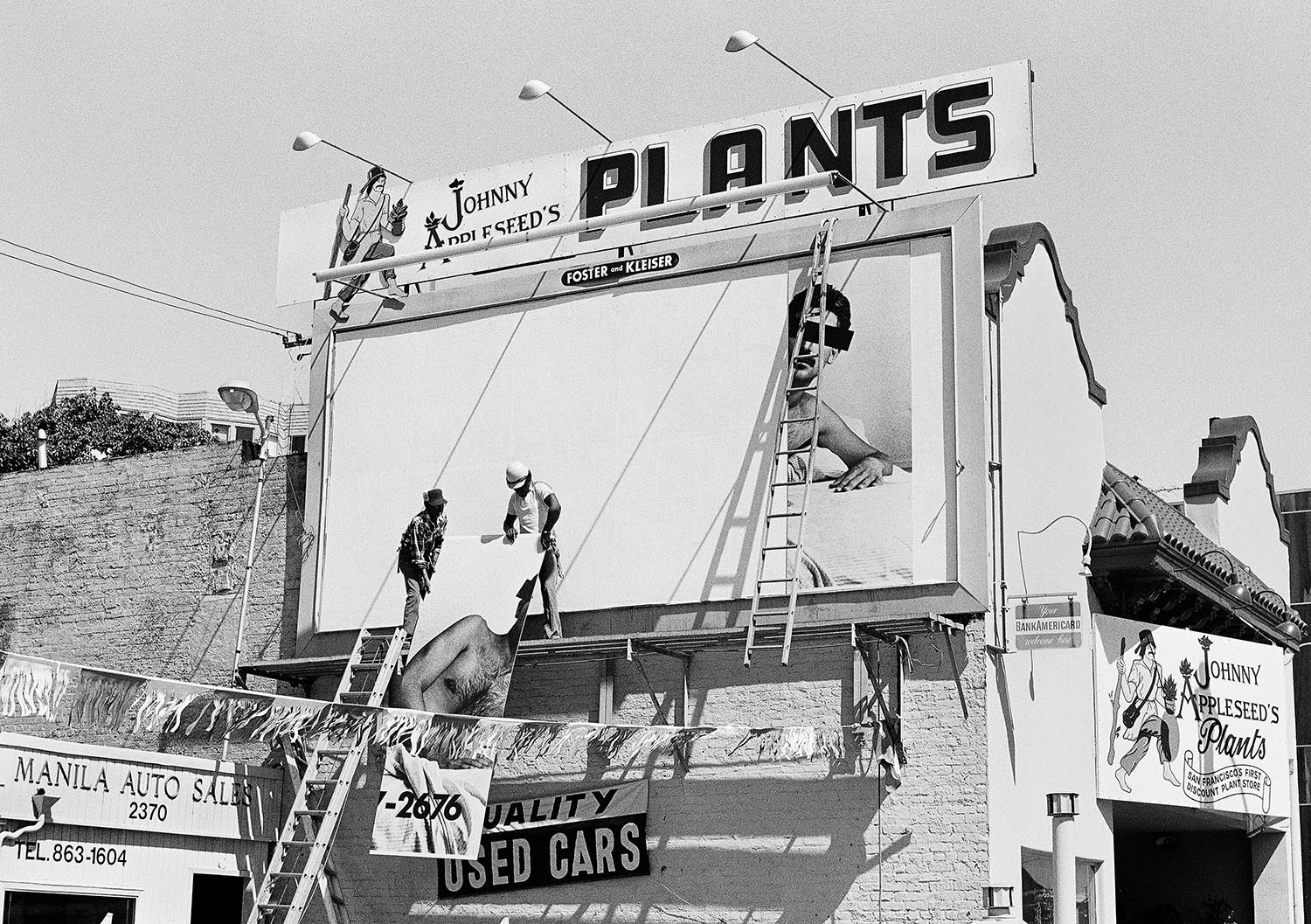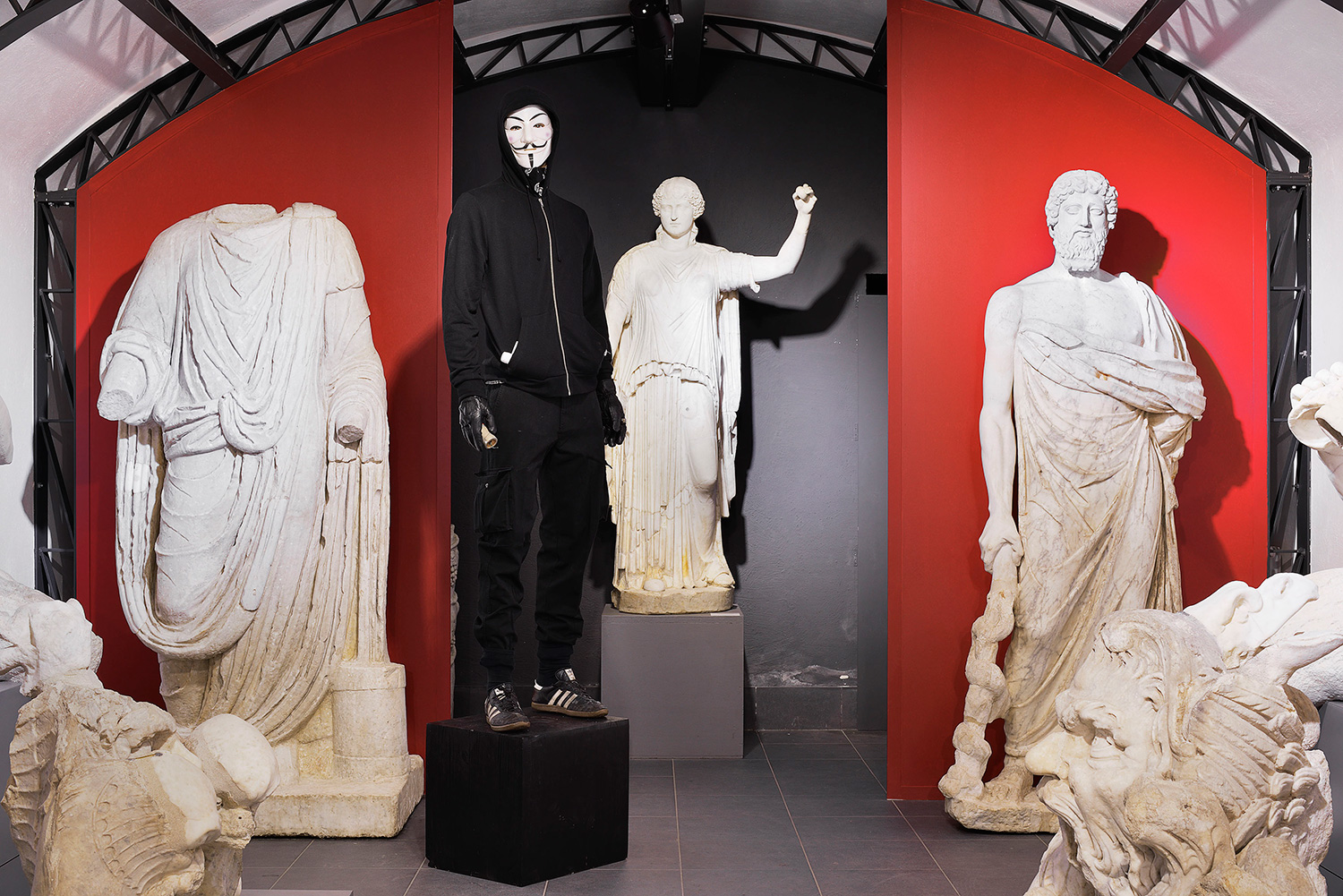Jenny Jaskey, director and curator of The Artist’s Institute, discusses the organization’s new ventures and its continued pursuit of long-term engagement with artist’s communities and ideas.
The Artist’s Institute announced two big changes. What are they?
The Artist’s Institute has been downtown for the past five years. This March, we moved into an Upper East Side townhouse. Our new space will maintain the intimate scale of our previous location but will expand over three rooms — two galleries and a library with sections dedicated to each of the artists we’ve worked with.
This is really the impetus of The Artist’s Institute: to make visible and to explore over time the worlds that artists make. Our new magazine, which will be published as a companion to each season, does this too.
The location emphasizes the salon and reminds me of Louise Bourgeois’s infamous Sunday get-togethers. Did this also influence your choice of writer Hilton Als for the upcoming season?
That’s a wonderful reference, and what I love about a salon like Bourgeois’s is that it was truly a gathering place for artists. Hilton is someone who has been an important interlocutor for artists over the past three decades—writing about art but also curating exhibitions. He seemed like a natural starting point for thinking about the creative life and how this is always done in conversation. Hilton also makes visual work, and we’ll be opening with a new installation.
The Artist’s Institute has had a somewhat barebones approach, which, with the institution’s voice, could be invoked anywhere. What does it mean to mature into a more specific gathering place?
It’s true that we had always worked with a small budget and with a small space, but those constraints enabled us to do specific programming, responsive to each artist’s research interests. Our basement on Eldridge Street became a particular site for an artist like Pierre Huyghe, for example, to experiment in a situational process — something that the demands of a large institution’s architecture, budget or audience couldn’t do in the same way. This could be one way that the institution’s voice has shifted a bit under my leadership — from “thinking about,” we’re growing into a “working with,” identifying what questions we can explore with an artist over half a year’s time.






